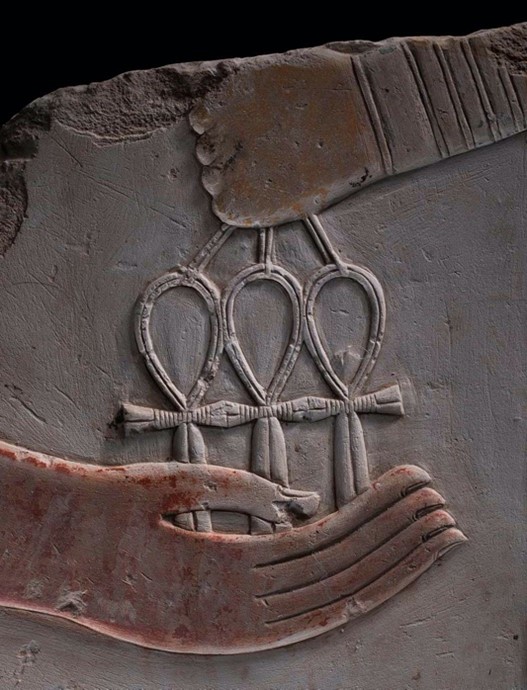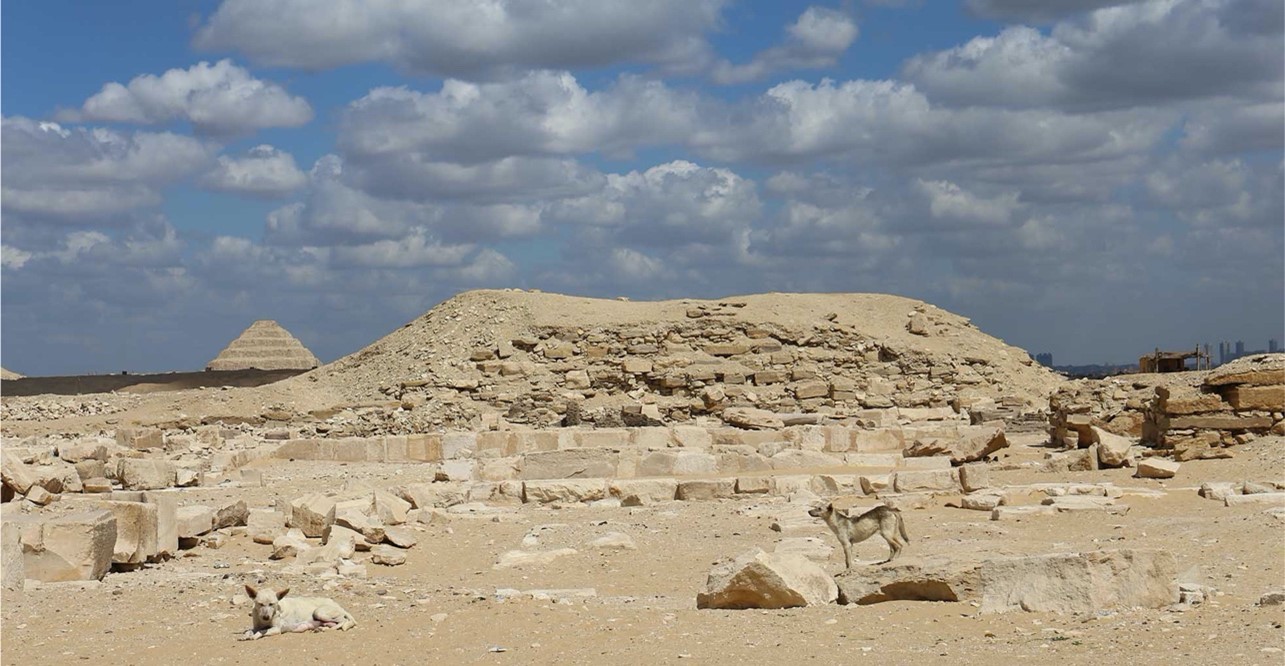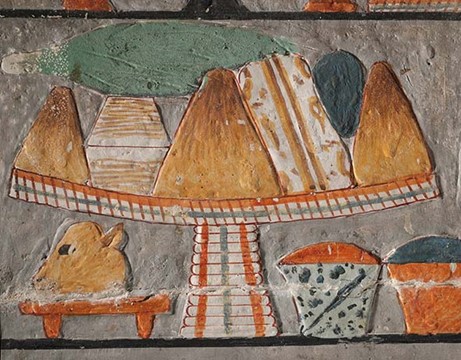ACE Annual Conference 2022
The Abusir Papyrus Archives:
Evidence of bureaucratic routine in funerary cults of Old Kingdom pharaohs
Hana Vymazalová

Photograph: Faculty of Arts, Charles University, Archive of the Czech Institute of Egyptology, Martin Frouz
The papyrus archives from Abusir belong among the oldest preserved administrative documents in Egypt. They were found in Fifth Dynasty royal pyramid complexes and provide us with evidence about the daily routine of the funerary priests who served in these monuments in the period following the death of their royal owners. We can find in these texts many details concerning the priests and their daily tasks, but also lists of the equipment of the funerary temples. In addition, fragments of accounting documents reveal the economic connections of the royal funerary cults in Abusir to the royal residence, divine temples and funerary monuments of other rulers. This unique evidence complements the information gained from the archaeological exploration of the Abusir pyramid complexes and of the surrounding necropolis.
Understanding Djedkare’s Pyramid Complex:
Tracing and protecting architecture and relief decoration of a royal monument
Mohamed Megahed

Photograph: Djedkare Project, Petr Košárek
Djedkare’s royal monument played a significant role in the history of ancient Egyptian architecture, as it shows several new architectonic features such as the so-called serdab in the pyramid substructure, or the two massifs in the east part of the temple. Despite its significance, however, very limited and imprecise information had been available on its architecture and decoration prior to the work of the Djedkare Project mission. Between 2010 and 2020, the royal monument was uncovered and documented part by part with the aim to provide a precise archaeological plan and description of this important pyramid complex. The analysis and interpretation of the evidence is still ongoing. At the same time, consolidation and protection works were pursued inside the pyramid to prevent the gradual degradation of the monument’s masonry. The decoration of the temple, which is as important as its architecture, combined reliefs and statuary, but it is extremely fragmented due to the ancient practice of reusing (recycling) of the building materials. The fragments from earlier excavations have been tracked into several storerooms in different parts of Egypt, and recently returned to the site. The preserved fragments count in the thousands and show traditional motifs associated with ancient Egyptian kingship as well as innovative and individualized scenes, such as the king’s circumcision, which have not yet been attested elsewhere in the Old Kingdom evidence.
Revealing Djedkare’s Queen:
The monument of queen Setibhor and its significance in Egyptian history
Hana Vymazalová

Photograph: Djedkare Project, Hana Vymazalová
The queen’s precinct situated to the north-east of Djedkare’s pyramid and to the north of his funerary temple was briefly explored by Ahmed Fakhry in 1952. The size of the pyramid and the unusual architectural features of its temple lead to discussions concerning its, at that time, unknown owner. The work of the current mission in 2018 revealed another part of the queen’s monument, which confirmed that the two pyramid complexes were not architecturally connected, as previously presumed. In addition, the name and titles of the owner, king’s wife Setibhor, were found on blocks of relief decoration. The investigation continued in 2021 in the pyramid itself; its substructure had never been entered and documented in the modern period. The documented layout of Setibhor’s pyramid substructure shows innovations, which apparently inspired later queens, who continued to follow this pattern in their monuments during the Sixth Dynasty.
Time of Change and Innovation:
Two private tombs at Djedkare’s royal cemetery
Mohamed Megahed

Photograph: Djedkare Project, Petr Košárek
Tombs of many of Djedkare’s high officials and viziers have been known from the Giza and north Saqqara necropolis, however, the king’s royal cemetery at south Saqqara has remained largely unexplored. Recently, the DJP mission uncovered two tombs, which belonged to members of the closest circle of the king. In 2019 the tomb of Khuwy was found in the north-eastern part of the site. Its splendid decoration in the burial apartment attests to the innovative approach through which ancient Egyptian artists expressed new tendencies and interpretations of funerary beliefs. As the Pyramid Texts appeared in the royal monuments in the late Fifth Dynasty, Khuwy’s decoration perhaps expressed the same development of funerary practices in the non-royal sphere. In 2022 another tomb was uncovered to the south of Khuwy’s mastaba. It belonged to king’s son Isesiankh and shows rather monumental architectural features with many rooms and halls; its decoration, however, remained unfinished. Setting these two cases in the wider context of the Old Kingdom period, we can trace changes in the tomb architecture and burial customs, including the very beginning of the decorated burial chambers in non-royal tombs
